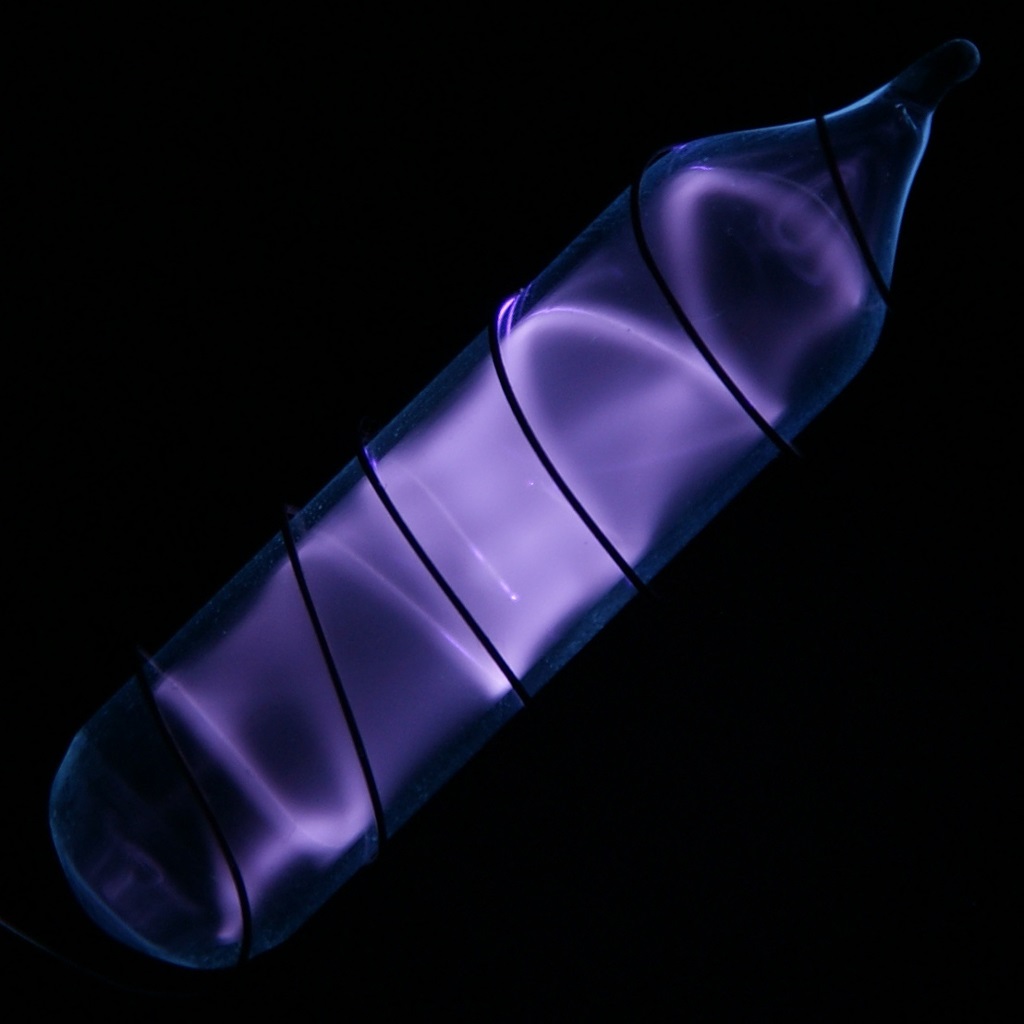Vodorod
1
H
Guruh
1
Davr
1
Blok
s
Protonlar
Elektronlar
Neytronlar
1
1
0
Umumiy xususiyatlar
Atom raqami
1
Atom massasi
1,00794
Mass raqami
1
Turkum
Qolgan metallmaslar
Ranggi
Rangsiz
Radioaktivlik
Yoʻq
From the Greek word hydro (water), and genes (forming)
Kristall tuzilma
Oddiy olti burchakli
Tarix
Henry Cavendish was the first to distinguish hydrogen from other gases in 1766 when he prepared it by reacting hydrochloric acid with zinc.
In 1670, English scientist Robert Boyle had observed its production by reacting strong acids with metals.
French scientist Antoine Lavoisier later named the element hydrogen in 1783.
In 1670, English scientist Robert Boyle had observed its production by reacting strong acids with metals.
French scientist Antoine Lavoisier later named the element hydrogen in 1783.
Qobiqdagi elektronlar soni
1
Elektron konfiguratsiyasi
1s1
Hydrogen is the primary component of Jupiter and the other gas giant planets
Jismoniy xususiyatlar
Faza
Gaz
Zichlik
0,00008988 g/cm3
Erish harorati
14,01 K | -259,14 °C | -434,45 °F
Qaynash harorati
20,28 K | -252,87 °C | -423,17 °F
Eritish issiqligi
0,558 kJ/mol
Bugʻlanish issiqligi
0,452 kJ/mol
Solishtirma issiqlik sigʻimi
14,304 J/g·K
Yer po‘stidagi miqdori
0,15%
Olamdagi miqdori
75%

CAS raqami
1333-74-0
PubChem CID raqami
783
Atom xususiyatlari
Atom radiusi
53 pm
Kovalentlik radiusi
31 pm
Elektrmanfiylik
2,2 (Poling boʻyicha)
Ionlashish potensiali
13,5984 eV
Molyar hajm
14,4 cm3/mol
Issiqlik oʻtkazuvchanlik
0,001815 W/cm·K
Oksidlanish darajasi
-1, 1
Qo‘llanilish sohalari
Liquid hydrogen is used as a rocket fuel.
Hydrogen is commonly used in power stations as a coolant in generators.
Hydrogen's two heavier isotopes (deuterium and tritium) are used in nuclear fusion.
Used as a shielding gas in welding methods such as atomic hydrogen welding.
Hydrogen is commonly used in power stations as a coolant in generators.
Hydrogen's two heavier isotopes (deuterium and tritium) are used in nuclear fusion.
Used as a shielding gas in welding methods such as atomic hydrogen welding.
Hydrogen poses a number of hazards to safety, from fires when mixed with air to being an asphyxiant in its pure form
Izotoplar
Barqaror izotoplar
1H, 2HBeqaror izotoplar
3H, 4H, 5H, 6H, 7H